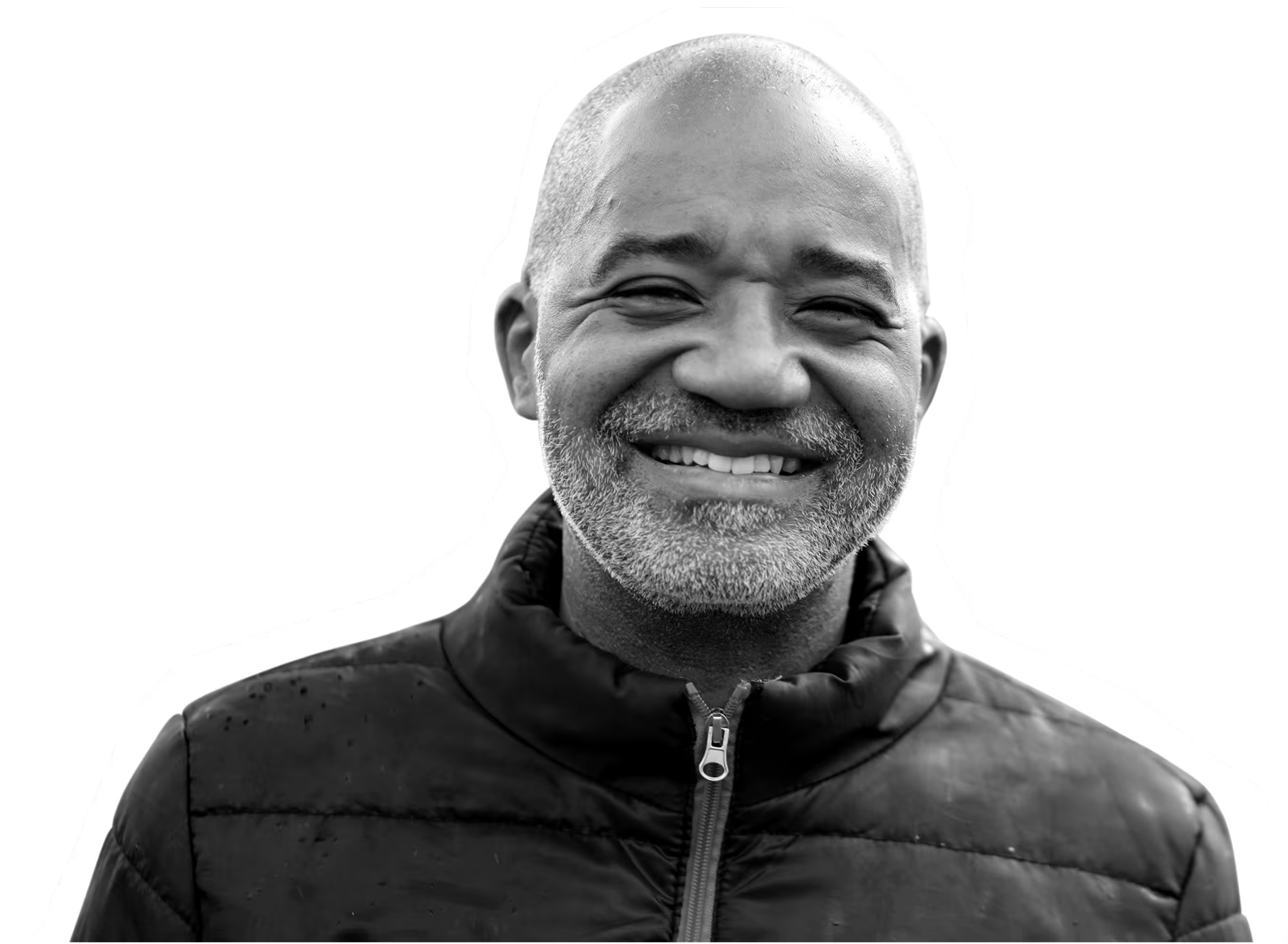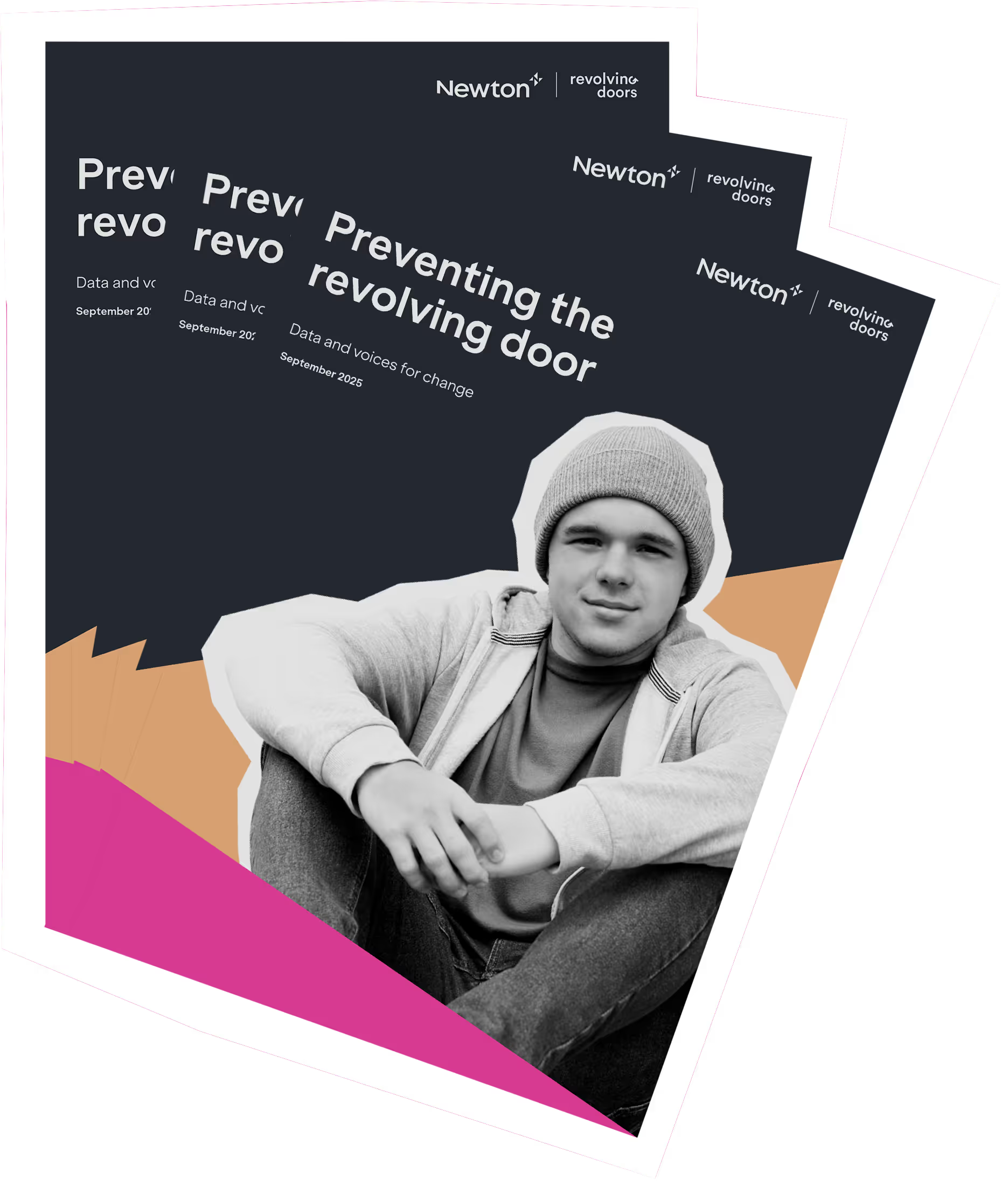
At least 29,000 people in England and Wales meet the definition of the revolving door cohort.
Many struggle to reintegrate into society, facing overlapping challenges such as mental health issues, housing instability, poverty, substance use, trauma, and late-diagnosed neurodiversity.
While the cohort is diverse, consistent patterns emerge. Data analysis and personal accounts show clusters of unmet need and repeated low-impact interventions that often escalate rather than resolve problems.
Even a 1% reduction could save £65m.
These costs extend beyond public services, affecting victims, families, and communities. The evidence is clear: early, person-centred, and trauma-informed support is both a human and economic imperative.
Key findings
These findings highlight key trends and patterns that align with lived experience, helping to shape more effective, person-centred interventions.
National impact on prisons, probation, courts, and police alone
Socio-economic costs of the revolving door cohort: £1.65bn from recorded crime, rising to £4–5bn when unrecorded crime and additional factors are included — nearly a quarter of the UK’s total reoffending costs.
Estimated wider socio-economic impact, including unrecorded crime and additional costs.
Committed by this cohort, driven by overlapping unmet needs
Annual cost of reoffending to the UK economy; even a 1% improvement saves £65m annually.
Upper-bound estimate including highly prolific, high unmet-need, lower-risk individuals
Would save £65m annually
Meet the definition of the revolving door cohort in England and Wales
Useful links

Findings from 20 in-depth interviews with people who have lived through the revolving door of crisis and crime.

Advanced analysis reveals the patterns, unmet needs, and risks driving the revolving door cohort, showing how data can inform smarter, preventative interventions.

Combining detailed reference data with local socio-economic information revealed how the size, shape, and needs of the revolving door cohort vary across England.

Research revealed clear patterns in the lives of people caught in the revolving door of crime, reflected both in the 20 interviews and in service data.
Read more about the research process, key findings, and expert recommendations.



